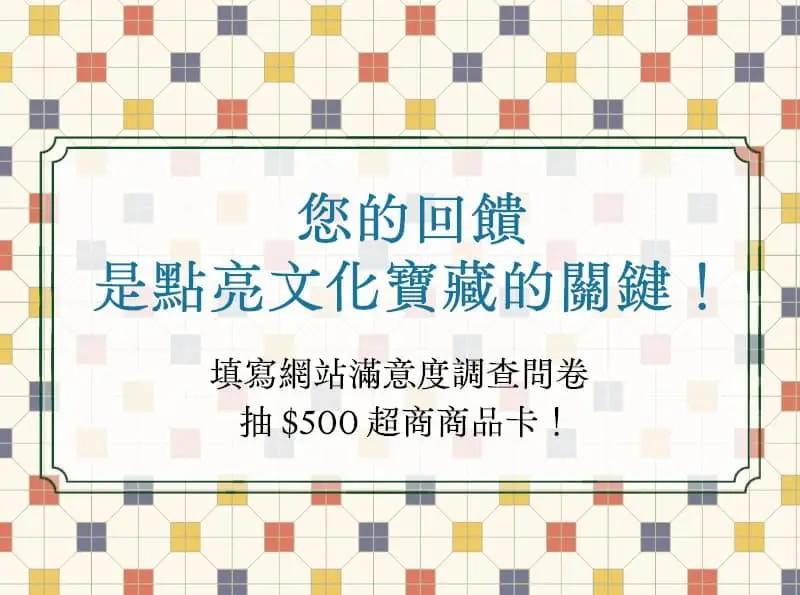拿著海鮮走原路回到家,這次是自己穿越水溝的,味道還是很臭,塑膠袋綁緊,怕沾染海鮮。右手從口袋裡拿出鑰匙開門,進門後直接走到廚房,拿了一個小鋼盆,裝點水加了鹽,要讓蛤仔吐沙。再來是蝦子,總共有24隻,拿剪刀ㄧ隻一隻的剪開背後,把蝦腸去掉。對蝦子的消化系統在背部小小的感覺奇妙了一下。決定把蝦頭跟蝦身分開拿來熬湯,一隻一隻的把蝦頭拔起,放在另一個大碗裡。在處理花枝之前先燒水。拿一個大鋼盆,水裝七分滿,放到瓦斯爐上等燒開。等待期間把花枝洗一洗,還是好滑呀。小心的把花枝放在砧板上,因為刀功不好怕切到手,所以把花枝壓得特別緊才不會滑動。一刀一刀慢慢切成細條。再來把冰箱裡的芹菜拿出來,切碎。冰箱裡還有昨天剩下的好多白飯,倒進滾燙的開水裡煮成粥,再放入芹菜煮出味道。最後把所有海鮮倒入鍋裡,幾分鐘後關火,好了,覺得滿足。
On the way to the market, there's a shortcut that involves crossing a small, smelly ditch. Walking along the uneven path, I feel like a child again, tugging at my grandmother's clothes. As we arrive at the market, the smells change to those of meat, fish, and vegetables, which aren't particularly pleasant either. The market lights are a mix of red and yellow, and there are various sounds of chatting, haggling, and selecting produce. An auntie nearby sells Yakult, with the bottles chilling in ice water, evoking a familiar feeling.
When I reach the fish stall, I have become an adult again, and my grandmother is no longer by my side. I glance around the stall, seeing clams, shrimp, squid, milkfish, and various saltwater and freshwater fish. Not knowing how to choose seafood, I completely trusted the vendor and asked him for enough clams, shrimp, and squid for ten people. The vendor asks, "Miss, isn't your grandma here today?" This makes me feel a bit sad.
Carrying the seafood, I take the same route back home, this time crossing the ditch by myself. The smell is still bad, so I tie the plastic bags tightly to avoid contaminating the seafood. I use my right hand to pull out the key from my pocket and unlock the door. Once inside, I head straight to the kitchen, grab a small stainless steel bowl, fill it with water and add salt to let the clams spit out sand. Next, I handle the shrimp—24 in total—using scissors to cut open their backs and remove the intestines. I marvel at the tiny digestive system located along the shrimp's back. I decide to separate the heads from the bodies to make broth, pulling off each shrimp head and placing them in a large bowl.
Before dealing with the squid, I start boiling water. I fill a large steel pot 70% full and set it on the gas stove to heat. While waiting, I wash the squid, finding it still very slippery. Carefully placing the squid on the cutting board, I press it down firmly to avoid cutting myself, then slowly slice it into thin strips. I take some celery from the fridge and chop it finely. There is also plenty of leftover rice from yesterday, which I pour into the boiling water to make porridge, adding the celery for flavor. Finally, I add all the seafood to the pot, turn off the heat after a few minutes, and it's ready. I feel satisfied.
-
《島嶼未來料理教室》Future Formosa Culinary Lab Profile Nr.057
31-40歲的高雄市主要一天兩餐,兩餐之間會吃各種小點心者,平均花費150元在餐費上。因為很好吃,食材很新鮮,老闆娘對自己的菜色很驕傲而對飲食記憶留下深刻印象。如果世界末日終將來到,會選擇與家人共享這一餐,小時候很愛吃,希望能跟家人一起重溫海鮮粥的好滋味。關於家庭的一道料理,她提到無。
"Two-Meal Day with Snacks"
Female(31-40 yrs)/ Kaohsiung City / 150 NTD per meal
Profound dining impressions were shaped by the delicious food, fresh ingredients, and the owner's pride in her dishes.
If the end of the world were to come, she would choose to share the meal with her family. She loved seafood porridge as a child and hopes to relive that taste with her family.
As for a family dish, she mentioned none.
-
國立臺灣歷史博物館的第 1 個「公共飲食記憶 NFT 化」實驗計畫《超時空島嶼餐桌》
National Museum of Taiwan History's First NFT Experimental Project on Public Dining Memories《Time-Space Dining Tables》
「國立臺灣歷史博物館」為推動國家文化記憶庫之永續發展,融入當代議題、常民生活及在地關懷,連結博物館專業、數位創新思維與多元社群行動,以促進臺灣原生文化之活化運用,鼓勵全民共同開展記憶庫多元主題與主題素材近用。
本計畫案於112年推出《島嶼庫客 Islands Cooker》飲食記憶系列7支影片,探究臺灣飲食的歷史成因,113年延續「餐桌」的概念,加入「未來」元素,委由畸零地創造股份有限公司辦理《島嶼未來料理教室——NFT設計工作坊》,以記憶庫長期深耕之飲食記憶主題,透過非同質化代幣(Non-Fungible Token,以下簡稱 NFT)設計工作坊,增進記憶庫之內容與應用,落實臺灣原生文化之推廣。
《島嶼未來料理教室——NFT設計工作坊》以「推測設計」為核心,反思記憶料理的獨特性,其之於 NFT的當代意義及其飲食文化價值,並將工作坊延伸設計為「發掘身體飲食記憶,運用想像和推測來創造未來島嶼飲食文化」的參與式體驗活動。工作坊由編舞家與引導師,透過一連串的帶領、想像和對話,挖掘及連結蘊藏身體感知中的飲食記憶,並讓參與者書寫飲食記憶;接著由畸零地工作室與生成式AI 「ChatGPT 4o」協作製作出 「記憶食譜 NFT」及文字翻譯;最後線上場以「圍爐」的概念,讓參與者在雲端上互相分享與交流。
這些飲食記憶透過NFT不可替代、數位交換的特性,被永久保存並流傳,期望每個人都能回首屬於自己的飲食記憶和歷史,經由公共化的途徑與媒介,成為社會記憶的一部份,構築社群認同的可能。
To promote the sustainable development of the Taiwan Cultural Memory Bank, the National Museum of Taiwan History integrates contemporary issues, ordinary life, and local concerns. By combining museum expertise, digital innovation, and diverse community actions, it aims to revitalize and utilize Taiwan's indigenous culture. The museum encourages the public to collaboratively develop and access various themes and materials within the memory bank.
This project launched the "Islands Cooker" series of seven videos on culinary memories in 2023, exploring the historical origins of Taiwanese cuisine. Continuing with the concept of the "dining table" and incorporating "future" elements in 2024, the project entrusted Ground Zero Co., Ltd. to handle the "Islands Future Cuisine Classroom—NFT Design Workshop." By delving into the long-term themes of culinary memories from the Taiwan Cultural Memory Bank and utilizing the Non-Fungible Token (NFT) design workshop, the project aims to enhance the content and application of the memory bank, promoting the dissemination of Taiwan's indigenous culture.
The "Islands Future Cuisine Classroom—NFT Design Workshop" centers on "speculative design," reflecting on the uniqueness of memory cuisine and its contemporary significance and culinary cultural value in relation to NFTs. The workshop is extended into a participatory experiential activity, designed as "discovering culinary memories in body and using imagination and speculation to create future island culinary culture." The workshop, led by choreographers and facilitators, guides participants through a series of activities, including imagination and dialogue, to uncover and connect with culinary memories embedded in their bodily perceptions. Participants then write down their culinary memories. Next, Ground Zero Co., Ltd. collaborates with the generative AI "ChatGPT 4o" to create "Memory Recipe NFTs" and translate the texts. Finally, the online session, based on the concept of "reunion dinner," allows participants to share and exchange their experiences and creations in the cloud.
These culinary memories, preserved and circulated through the non-fungible and digital exchange characteristics of NFTs, are expected to be permanently stored and shared. The goal is for everyone to reflect on their own culinary memories and histories, making them part of societal memory through public pathways and media, thereby fostering a sense of community identity.
※本圖像為AI生成內容
※This image is AI-generated content.












